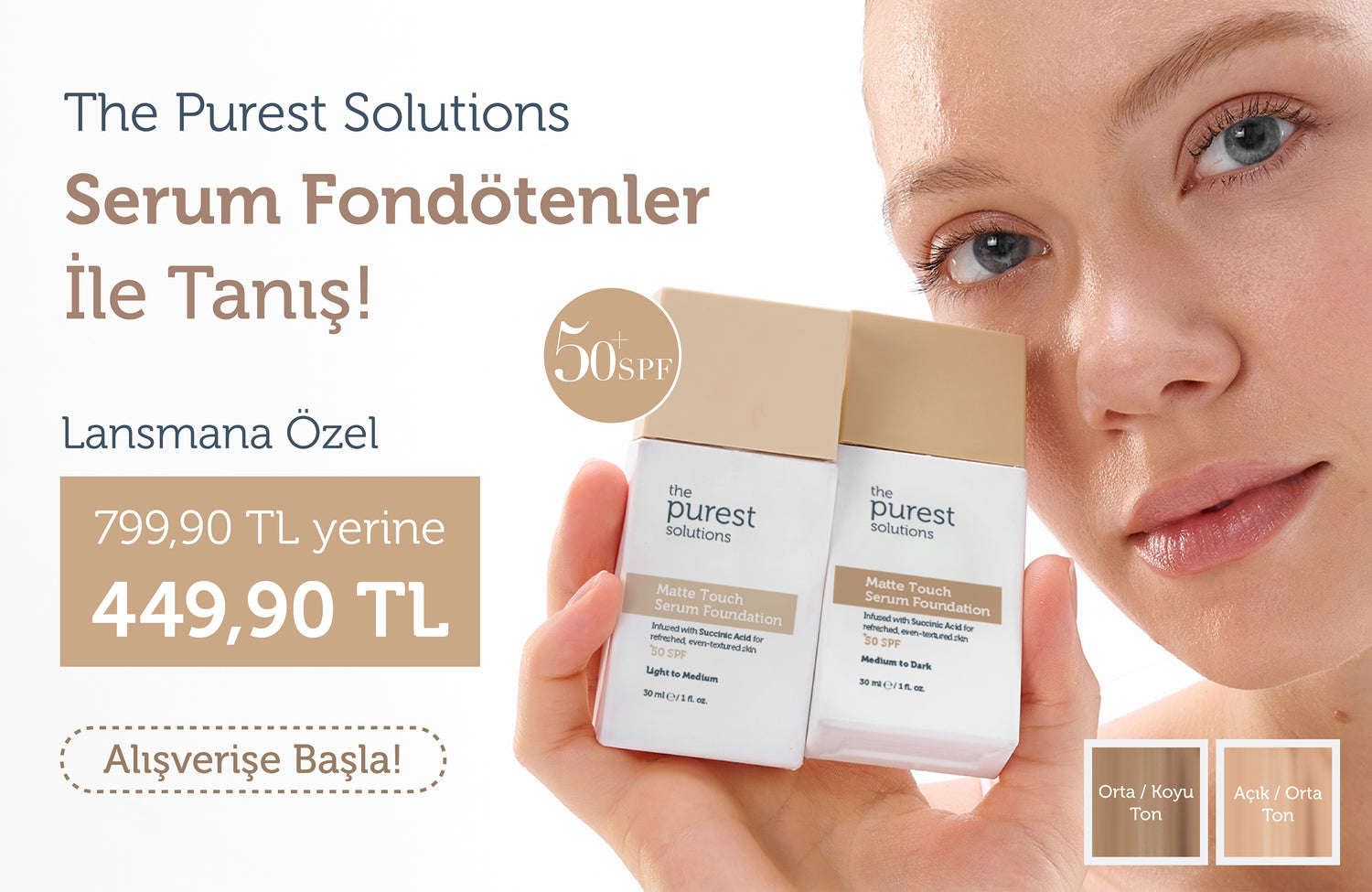Our skin shows the most obvious signs of aging. Signs of aging include wrinkles, spots, sagging, loss of elasticity, and more. While some of this is due to genetic factors, the effects of the sun on the skin, known as photoaging, also play a significant role in this process. In today’s content, we will examine what photoaging is and why the sun ages the skin. Let’s get started!
What is Photo Aging?
Photoaging is the result of damage to the skin caused by sunlight. UV rays cause DNA damage in the cells beneath the skin, which leads to premature signs of skin aging. Photoaging is more noticeable in skin that has been exposed to the sun extensively, and is especially common on the face, neck, décolleté and hands.
How Does the Sun Affect the Skin?
Sun rays damage the structure of two important proteins in our skin called collagen and elastin. These proteins keep the skin firm and flexible. Sun rays damage the collagen and elastin structure, reducing the elasticity of the skin. It causes sagging, wrinkles and lines. Sun rays also change the color of the skin and cause spots to form.
Symptoms of Photoaging
The symptoms of photoaging are different from the symptoms that occur with age. Let's take a look at the details together. Here are the symptoms of photoaging:
Hyperpigmentation
Hyperpigmentation, also known as sun spots, causes darkening of the skin. It occurs more frequently in areas exposed to the sun and increases with age.
Wrinkles
Sun rays cause wrinkles by reducing the elasticity of the skin. They can be more visible in areas exposed to the sun. It is extremely important to take precautions for wrinkles that we want to prevent from forming on our face as soon as possible.
Sag
Sun rays disrupt the structure of collagen and elastin proteins in the skin, causing sagging. Our skin begins to lose its firmness. We must always create solutions to protect ourselves from such effects for a more youthful looking face and skin.
What Can You Do to Reduce the Effects of the Sun on Your Skin?
There are many things you can do to reduce the effects of the sun on your skin. Perhaps the most important of these is to avoid direct exposure to the sun and use sunscreen regardless of the season. Below, we have shared what you can do to protect yourself from the sun…
Avoid Rush Hours
You may choose to stay indoors to avoid sun exposure. It is also a great benefit to avoid being outside during peak sun hours.
Use Sunscreen
Using sunscreen is one of the most effective ways to protect your skin from the sun's harmful rays. When using sunscreen, you should choose products that provide broad-spectrum protection and have an SPF rating of at least 50. To choose a sunscreen that is right for your skin, you can use The Purest Solutions Sunscreens
Wear Glasses and a Hat
Wearing sunglasses protects your eyes from the sun's harmful UV rays. A hat keeps your face away from this effect. Therefore, wearing glasses and hats in the summer months helps you stay away from negative effects.
Pay Attention to Your Nutrition
A healthy diet supports healthy skin. Eating foods rich in antioxidants in particular can help your skin be more resistant to sun damage.
Photoaging is a condition that occurs as a result of the effects of the sun on the skin. Sun rays cause the skin to age by disrupting the structure of the skin's collagen and elastin proteins. In order to reduce the effects of the sun on the skin, it is important to protect yourself from the sun, use sunscreen, wear glasses and a hat, and eat healthy. Protecting your skin by paying attention to all these details is in your hands! Don't forget to follow our content that we produce for you for a always young, firm, and healthy skin!







